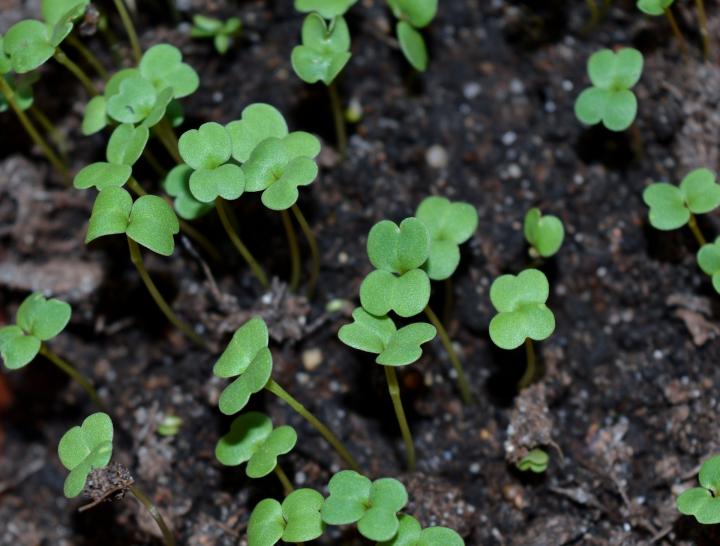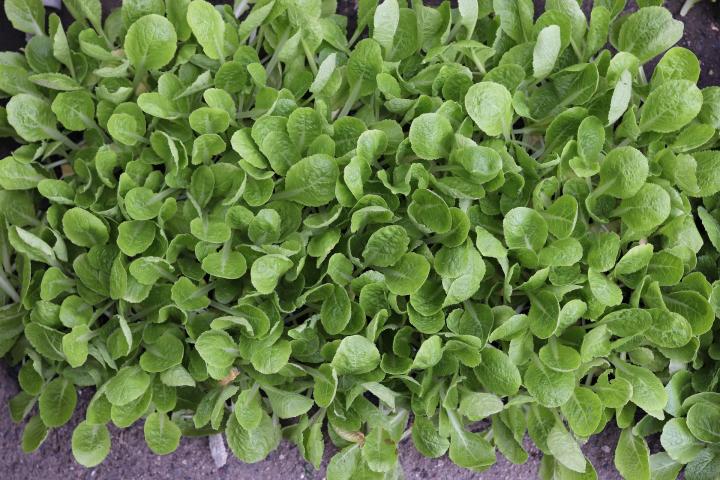Seed-Starting Vegetables in Summer Heat
Subhead
Tips for Starting Seeds in Summer's Heat
For daily wit & wisdom, sign up for the Almanac newsletter.
The Almanac Garden Planner - Use It Free for 7 Days!
Plan your 2025 garden with our award-winning Garden Planner.
Try Now
Summer is here, as is the hot weather! How do you start seeds for fall when conditions are so hot? Here are a few tips and tricks for beating the heat and getting seeds growing.
The seeds of different vegetables have optimum temperatures for germination, but right now most of them will not like this heat.
- Beets and carrots aren’t too bothered by hot soil. Their germination doesn’t start to drop off until the soil gets to be over 90°F.
- The optimum temperature for lettuce is around 65°F and germination drops off rapidly after the soil heats up to the mid seventies.
- Spinach does best at 70°F, but by the time the soil is in the mid-80s, forget about it.
- Some brassicas don’t mind the heat. Cabbage, Chinese cabbage, and kale will sprout fine in soil as hot as 90°F, while broccoli prefers cooler soil—its optimum being around 75°F.
- The germination on cauliflower drops off rapidly after soil temperatures hit 85°F.
A Few Tricks for Seed-Starting Success
To increase your chances of success with starting seeds in midsummer, there are a few tricks you can employ:
- Since soil heats up fast and dries out quickly in the sun, spread a light layer of straw over the seedbed to give it a bit of shade and to help trap in moisture.
- Plant seeds a little deeper than usual. The soil will be a touch cooler and wetter farther down. Just don’t plant them too deep or they may never come up!

- Plant extra seeds just in case germination is poor. Just remember to thin them out once the plants are up and growing.
- Plant them in the shade of taller crops. I usually do my summer planting of radishes in the cooler shade of the pea vines. The peas are fading by the time the radishes are up and growing and need more sunlight.
- Water daily (in the morning) or even twice a day if it is especially hot and sunny.
- Use row covers, screening, or shade cloth to provide shade to the bed and protect the tender emerging seedlings from hot sun and drying winds.

- If all else fails, start the seeds inside where you have more control over the conditions. Transplant the new seedlings to the garden when they have gotten strong enough and the weather has cooled down a bit.
Related Articles













